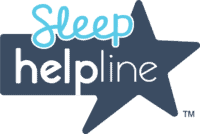Having issues with concentration and memory? You’re not alone. In this podcast, we explore narcolepsy and brain fog, automatic behavior, and micro-sleeps.
The Narcolepsy Nerd Alert series invites listeners to dive deeper into specific topics relevant to living with narcolepsy. To explore more topics related to living with narcolepsy, visit our Narcolepsy Nerd Alert page and check out corresponding toolkits available to download for free.





